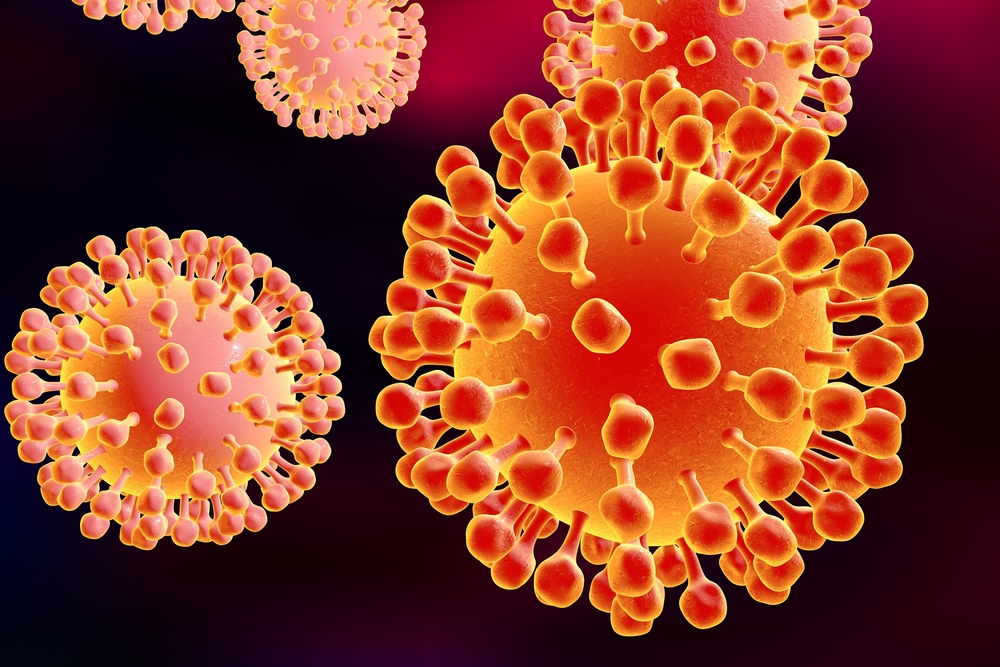Researchers Find Link Between Ancient Viral Genes And ALS

In a newly published paper in the Science Translation Medicine journal entitled “Human endogenous retrovirus-K induces motor neuron disease“, researchers from the National Institutes of Health found ancient viral genes left in the human genome might awaken to harm neurons and contribute to the development of amyotrophic lateral sclerosis (ALS) like syndrome.
Amyotrophic lateral sclerosis is a fatal disorder that destroys motor neurons responsible for movement control like walking and swallowing. Worldwide rates of ALS are unknown but estimates are available for countries like Europe where the disease affects 2.2 in 100,000 people per year, and United States where more than 5,600 people are diagnosed every year. Patients with ALS may suffer from a variety of symptoms depending on progression stage of the disease. While at an earlier stage patients with ALS mainly suffer from muscle weakness and problems related to coordination, speech, and swallowing, during the progressive stage of the disease they may lose the ability to perform these tasks. As the condition advances, subjects become paralyzed and most of them rely on feeding tubes as they are unable to chew and swallow food. In addition, ALS patients are at risk to develop eye related problems since they have difficulties in generating voluntary fast movement of the eye.
It is believed that genetic predisposition accounts for 5 to 10% of all ALS cases, but the causes that lead to motor neurons’ death in the remaining 90% are generally unknown. Recent findings from the National Institutes of Health suggest that viral infections with the so called HERV (human endogenous retroviral genes) may lead to the development of ALS like syndrome. Millions of years ago, genetic remains from HERV in forms of junk DNA have been passed through generations, and these residues might be activated during ALS. Previous data suggested that ALS patients’ blood contains an HERV related protein however its role in ALS remained unknown. To clarify the issue, NIH researchers investigated the possible associations between HERV and ALS by carrying out a series of in vitro and in vivo experiments. The results indicated the presence of high levels of mRNA (genetic messenger) related to HERV-K in brain samples from ALS patients in which activation of HERV-K genes was observed to destroy healthy human neurons cultured in vitro. Also, a protein named env, linked to the HERV-K gene, was detected in brain samples from ALS patients but not in healthy controls or patients suffering from Alzheimer’s disease.
To investigate the prominent role of HERV in the development of ALS further research was performed with genetically modified mice activated HERV-K. The team observed that mice suffered substantial problems related to balance during walking that worsened over time and ultimately led to their premature death. Slices from mice brains were analyzed revealing that motor neurons responsible for movement control were severely damaged, but the remaining nerve cells were healthy. Also, researchers found that HERV-K was activated by a gene-regulating protein named TDP-43, previously linked to ALS and HIV.
These findings propose a strong link between HERV and ALS, which raise the question of whether antiretroviral drugs like those used for HIV cases may help ALS patients. The team is currently collaborating with the ALS center at Johns Hopkins University to investigate whether antiretroviral drugs are helpful to control HERV-K in patients with ALS. “We may have discovered a precision medicine solution for treating a neurodegenerative disorder,” said Avindra Nath, M.D., clinical director at the NIH’s National Institute of Neurological Disorders and Stroke (NINDS) and a senior author of the study.






